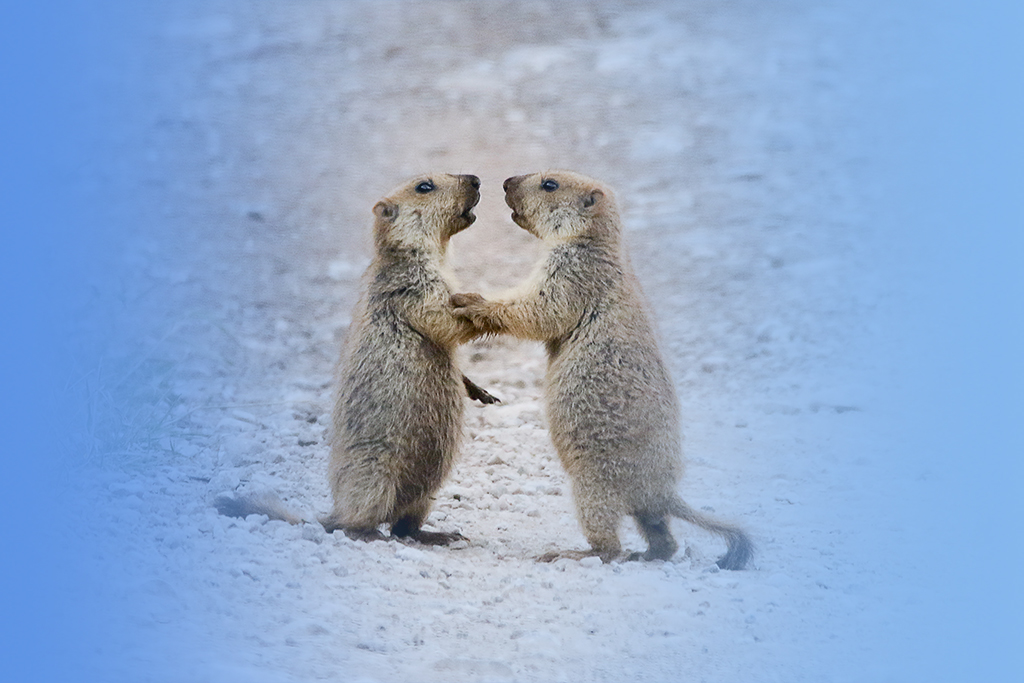[1] Song HW. The Rattus tanezumi subspecies study in Yunnan [J]. Guizhou Agric Sci,1981 (6):21-33. (in Chinese) 松会武.黄胸鼠云南亚种研究报告[J].贵州农业科学, 1981 (6):21-33.
[2] Deng Z. Rodent ecology and control[M]. Beijing:Beijing Normal University Publishing Group,1989:426. (in Chinese) 邓址. 啮齿动物的生态与防治[M]. 北京:北京师范大学出版社,1989:426.
[3] Wilson DE,Reeder DM. Mammal species of the world:A taxonomic and geographic reference[M]. 3rd ed. Baltimore:The Johns Hopkins University Press,2005:2142.
[4] Qin CY,Xu L,Zhang RZ,et al. Ecological-geographic landscapes of natural plague foci in China V. Biological characteristics of major natural reservoirs of Yesinia pestis[J]. Chin J Epidemiol,2012,33(7):692-697. DOI:10.3760/cma.j.issn.0254-6450.2012.07.011.(in Chinese) 秦长育,许磊,张荣祖,等. 中国鼠疫自然疫源地分型研究V. 鼠疫宿主生物学特征[J]. 中华流行病学杂志,2012,33(7):692-697. DOI:10.3760/cma.j.issn.0254-6450.2012.07.011.
[5] Guo S. Study on population genetics of Rattus tanezumi in some regions of China[D]. Beijing:Chinese Center for Disease Control and Prevention,2012. (in Chinese) 郭颂. 中国部分区域黄胸鼠种群遗传学研究[D]. 北京:中国疾病预防控制中心,2012.
[6] Lv CC,Zhang LX,Wang RJ,et al. Cryptosporidium spp. in wild,laboratory,and pet rodents in China:Prevalence and molecular characterization[J]. Appl Environ Microbiol,2009,75(24):7692-7699. DOI:10.1128/AEM.01386-09.
[7] Hebert PDN,Cywinska A,Ball SL,et al. Biological identifications through DNA barcodes[J]. Proc Roy Soc B:Biol Sci,2003,270(1512):313-321. DOI:10.1098/rspb.2002.2218.
[8] Hebert PDN,Ratnasingham S,deWaard JR. Barcoding animal life:Cytochrome c oxidase subunit 1 divergences among closely related species[J]. Proc Roy Soc B:Biol Sci,2003,270Suppl 1:S96-99. DOI:10.1098/rsbl.2003.0025.
[9] Zhang RZ,Yang AF,Zhang J. A preliminary study on the geographical characteristics of fauna in southeastern Yunnan [J]. Acta Geograph Sinica,1958,24(2):159-173. DOI:10.11821/xb195802005.(in Chinese) 张荣祖,杨安峰,张洁. 云南东南缘兽类动物地理学特征的初步考察[J]. 地理学报,1958,24(2):159-173. DOI:10.11821/xb195802005.
[10] Xiao WH,Zhang YP. Genetics and evolution of mitochondrial DNA in fish[J]. Acta Hydrobiol Sin,2000,24(4):384-391. DOI:10.3321/j.issn:1000-3207.2000.04.014.(in Chinese) 肖武汉,张亚平. 鱼类线粒体DNA的遗传与进化[J]. 水生生物学报,2000,24(4):384-391. DOI:10.3321/j.issn:1000-3207.2000.04.014.
[11] Grant WAS,Bowen BW. Shallow population histories in deep evolutionary lineages of marine fishes:Insights from sardines and anchovies and lessons for conservation[J]. J Hered,1998,89(5):415-426. DOI:10.1093/jhered/89.5.415.
[12] Su JH. Study on population genetic structure of two kinds of typical native animals in the eastern Qinghai Tibetan Plateau[D]. Lanzhou:Gansu Agricultural University,2014. (in Chinese) 苏军虎. 青藏高原东缘两类典型土著动物种群遗传结构分析[D]. 兰州:甘肃农业大学,2014.
[13] Liu YY,Cao XM,Ci Y,et al. Genetic characteristics of Rattus tanezumi populations at four ports of entry in southwest Yunnan Province,China[J]. Chin J Vector Biol Control,2020,31(4):451-456. DOI:10.11853/j.issn.1003.8280.2020.04.015.(in Chinese) 刘莹莹,曹晓梅,慈颖,等. 云南省西南地区4个口岸黄胸鼠种群遗传特性分析[J]. 中国媒介生物学及控制杂志,2020,31(4):451-456. DOI:10.11853/j.issn.1003.8280.2020.04.015.
[14] Wright S. The interpretation of population structure by F-statistics with special regard to systems of mating[J]. Evolution,1965,19(3):395-420. DOI:10.1111/j.1558-5646.1965.tb01731.x.
[15] Zhang GN,Fang DA. Genetic diversity analysis of Culter alburnus Basilewsky in typical waters of the lower Yangtze River based on COI gene[J]. Freshwater Fish,2021,51(6):29-35. DOI:10.3969/j.issn.1000-6907.2021.06.004.(in Chinese) 张桂宁,方弟安. 基于COI基因分析长江下游典型水域翘嘴鲌的遗传多样性[J]. 淡水渔业,2021,51(6):29-35. DOI:10.3969/j.issn.1000-6907.2021.06.004.
[16] Pu EN,Gao ZH,Li YQ,et al. Genetic diversity and differentiation of Eothenomys miletus populations in Yunnan Province[J]. Sichuan J Zool,2021,40(3):254-260. DOI:10.11984/j.issn.1000-7083.20200480.(in Chinese) 浦恩念,高子厚,李玉琼,等. 云南部分地区大绒鼠种群遗传多样性与遗传分化研究[J]. 四川动物,2021,40(3):254-260. DOI:10.11984/j.issn.1000-7083.20200480.
[17] Zhao H,Zhang BX,Xue SL,et al. Genetic diversity of rock worm Marphysa sanguinea from different geographic populations based on mitochondrial COI sequences[J]. J Dalian Ocean Univ,2018,33(1):33-38. DOI:10.16535/j.cnki.dlhyxb.2018.01.006.(in Chinese) 赵欢,张伯序,薛圣伦,等. 基于COI序列的不同地理种群岩虫遗传多样性研究[J]. 大连海洋大学学报,2018,33(1):33-38. DOI:10.16535/j.cnki.dlhyxb.2018.01.006.
[18] Barker JSF. A global protocol for determining genetic distances among domestic livestock breeds[C]//Proceedings of the 5th world congress on genetics applied to livestock production. Guelph:University of Guelph, 1994,21:501-508.
[19] Floyd CH,Van Vuren DH,May B. Marmots on great basin mountaintops:Using genetics to test a biogeographic paradigm[J]. Ecology,2005,86(8):2145-2153. DOI:10.1890/04-1227.
[20] Guo S,Li GC,Liu JL,et al. Dispersal route of the Asian house rat (Rattus tanezumi) on Chinese mainland:Insights from microsatellite and mitochondrial DNA[J]. BMC Genet,2019,20(1):11. DOI:10.1186/s12863-019-0714-3.
[21] Huang WJ,Chen YX,Wen YX. Rodents of China [M]. Shanghai:Fudan University Press,1995:138-141. (in Chinese) 黄文几,陈延熹,温业新. 中国啮齿类[M]. 上海:复旦大学出版社,1995:138-141.
[22] Wu XJ. Preliminary investigation on the fecundity of Rattus tanezumi and Rattus norvegicus in central Fujian Province [J]. Chin J Rodent Control,1986,2(1):38-40.(in Chinese) 吴锡进. 福建中部地区黄胸鼠与褐家鼠繁殖力的初步调查[J]. 中国鼠类防制杂志,1986,2(1):38-40. |



